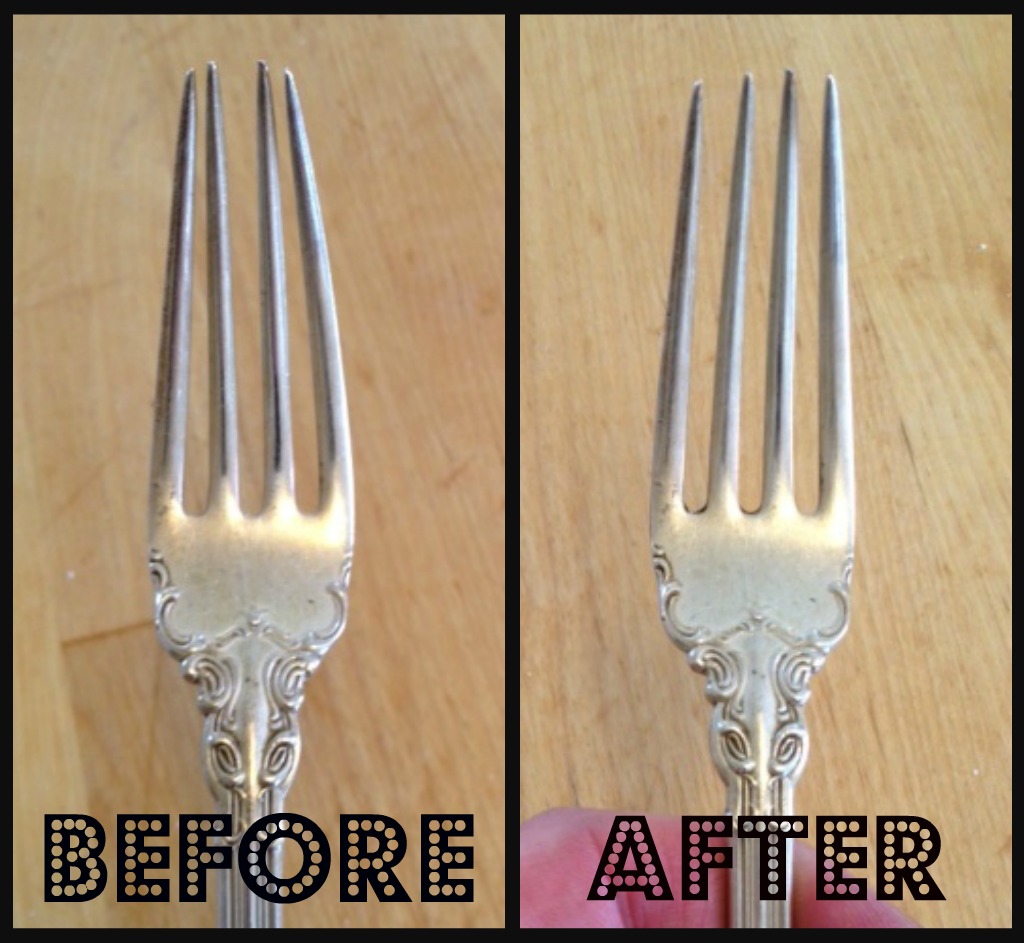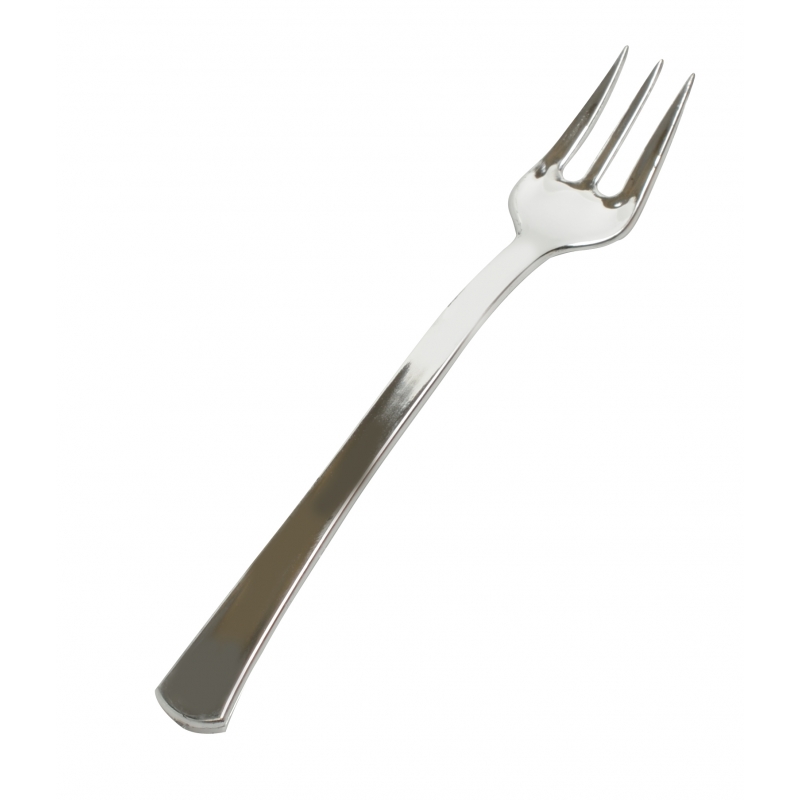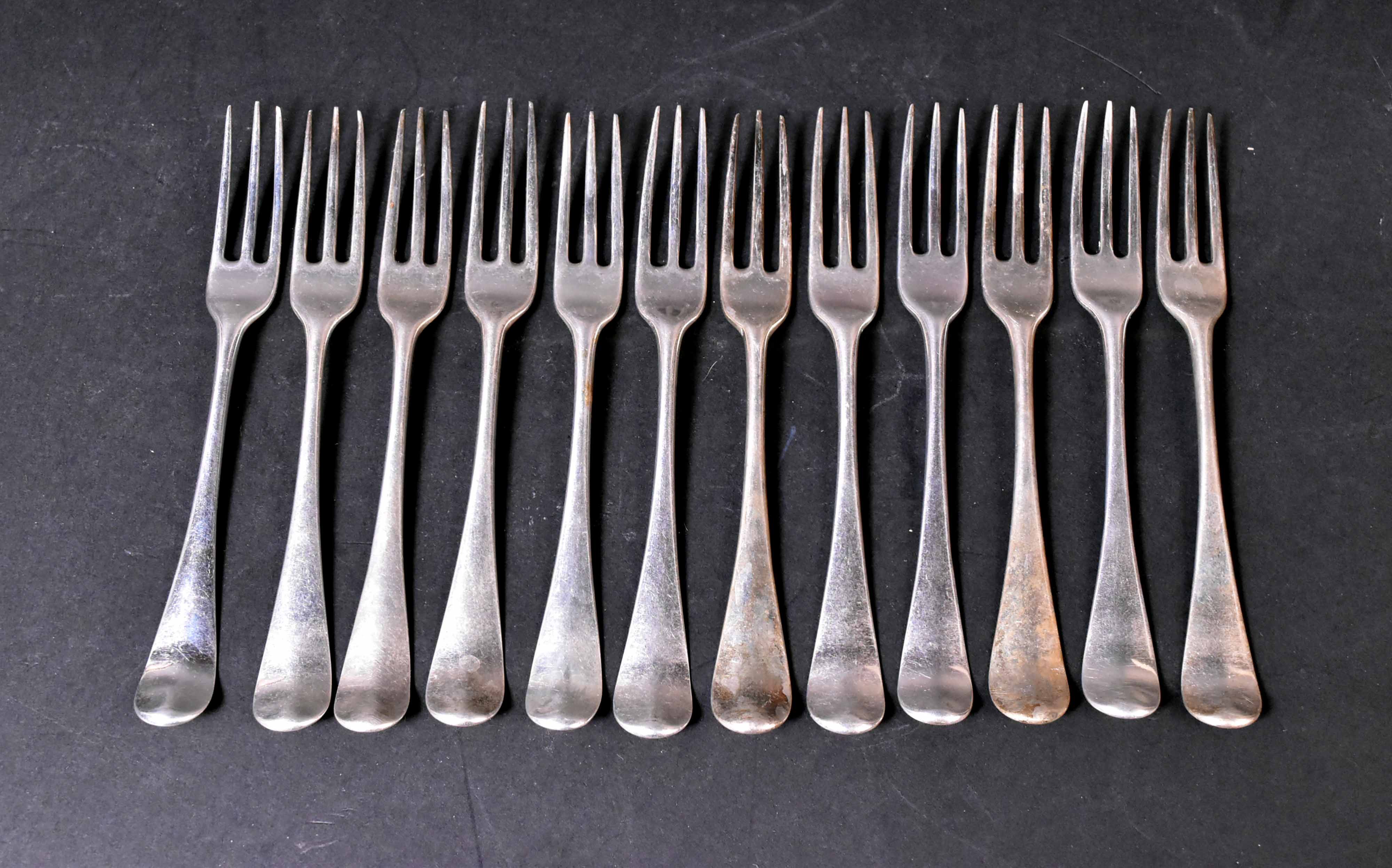


The standard temperature is now 20 ☌ (68 ☏), but 15 ☌ (59 ☏) is an older standard.

Tuning forks are manufactured to have their correct pitch at a standard temperature. The frequency decreases (becomes flat) with increasing temperature. A change in frequency of 48 parts per million per ☏ (86 ppm per ☌) is typical for a steel tuning fork. Tuning fork pitch varies slightly with temperature, due mainly to a slight decrease in the modulus of elasticity of steel with increasing temperature. Standard tuning forks are available that vibrate at all the pitches within the central octave of the piano, and also other pitches. Orchestras between 17 mostly used A = 423.5 Hz, though there were many forks and many slightly different pitches.

That A is the pitch of the violin's second string, the first string of the viola, and an octave above the first string of the cello. Filing the ends of the prongs raises the pitch, while filing the inside of the base of the prongs lowers it.Ĭurrently, the most common tuning fork sounds the note of A = 440 Hz, the standard concert pitch that many orchestras use. They can be retuned by filing material off the prongs. Thus when a solid sheet is slid in between the prongs of a vibrating fork, the apparent volume actually increases, as this cancellation is reduced, just as a loudspeaker requires a baffle in order to radiate efficiently.Ĭommercial tuning forks are tuned to the correct pitch at the factory, and the pitch and frequency in hertz is stamped on them. Moreover, since the feeble sound waves emanating from each prong are 180° out of phase, those two opposite waves interfere, largely cancelling each other. If just held in open air, the sound of a tuning fork is very faint due to the acoustic impedance mismatch between the steel and air. Bone conduction using a tuning fork is specifically used in the Weber and Rinne tests for hearing in order to bypass the middle ear. The pitch of a tuning fork can also be heard directly through bone conduction, by pressing the tuning fork against the bone just behind the ear, or even by holding the stem of the fork in one's teeth, conveniently leaving both hands free. Thus by pressing the tuning fork's base against a sound board such as a wooden box, table top, or bridge of a musical instrument, this small motion, but which is at a high acoustic pressure (thus a very high acoustic impedance), is partly converted into audible sound in air which involves a much greater motion ( particle velocity) at a relatively low pressure (thus low acoustic impedance). However, there is still a tiny motion induced in the handle in its longitudinal direction (thus at right angles to the oscillation of the prongs) which can be made audible using any sort of sound board. That is because its principal mode of vibration is symmetric, with the two prongs always moving in opposite directions, so that at the base where the two prongs meet there is a node (point of no vibratory motion) which can therefore be handled without removing energy from the oscillation (damping). It is easier to tune other instruments with this pure tone.Īnother reason for using the fork shape is that it can then be held at the base without damping the oscillation. When the tuning fork is struck, little of the energy goes into the overtone modes they also die out correspondingly faster, leaving a pure sine wave at the fundamental frequency. By comparison, the first overtone of a vibrating string or metal bar is one octave above (twice) the fundamental, so when the string is plucked or the bar is struck, its vibrations tend to mix the fundamental and overtone frequencies. The reason for this is that the frequency of the first overtone is about 5 2 / 2 2 = 25 / 4 = 6 + 1⁄ 4 times the fundamental (about 2 + 1⁄ 2 octaves above it). The main reason for using the fork shape is that, unlike many other types of resonators, it produces a very pure tone, with most of the vibrational energy at the fundamental frequency. Motion of an A-440 tuning fork (greatly exaggerated) vibrating in its principal modeĪ tuning fork is a fork-shaped acoustic resonator used in many applications to produce a fixed tone.


 0 kommentar(er)
0 kommentar(er)
